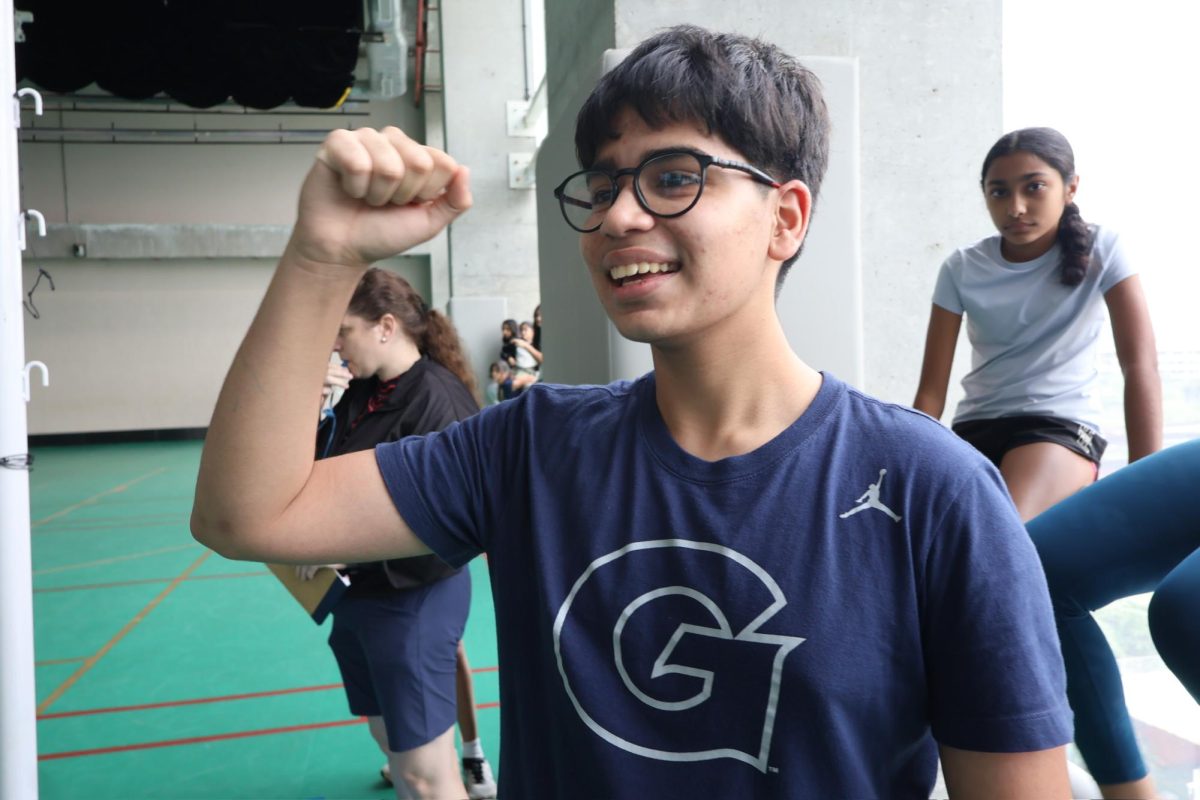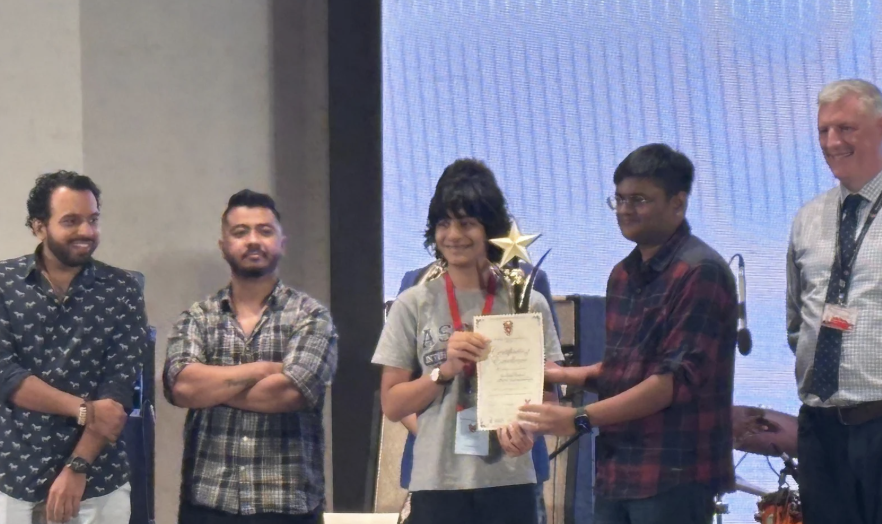As students studying the IB curriculum, we pride ourselves on being ‘globalised citizens’. However, many argue that the IB’s western content focused syllabus prevents children from taking an interest in their own roots. This of course is most prevalent in subjects such as Literature and History, where instead of learning about topics such as the Battle(s) of Panipat we’ll instead be taught about the French and American Revolutions. Not to mention, instead of being encouraged to read the writings of Arundhati Roy or even Rushdie we’ll be taught the credos of Dostoevsky and Marx. To be fair, our content does cover some extremely important topics along the lines of politics, philosophy and theology, the context in which we are taught is largely western oriented. While there is nothing wrong with learning about different cultures, there is nothing right in making Indian history a miniscule part of our learning. If we are not exposed to large parts of the 10,000 year history of the Indian Subcontinent, we will never understand the problems our country faces. This almost guarantees that our knowledge and our interests will stay confined to a ‘bubble’ of sorts. Take for example, if we are not taught more than the superficial history of colonial India, students might never go onto understand the legacy of deprivation and inequity that colonialism produced.

That’s why the 9th Grade Interdisciplinary unit on Indian Culture and Journalism was a breath of fresh air. A combination of Literature and Humanities, students were paired up and asked to pick an Indian culture to study. The variety was endless – some students chose to present cultures they were familiar with such as the Bohra muslims while others chose more unfamiliar cultures such as the Indo-Chinese immigrants or even the Dabbawalas of Mumbai. Throughout the process of crafting our presentation we were asked to do a lot of research about our selected culture, including their beliefs, ethics, practices and even their material culture. Additionally, rather than just doing surface research about our chosen culture, we were asked to weave a story – their story. The prompt might seem a bit vague or even odd but I think we all understood what needed to be done perfectly. We knew that we needed to actually interact with the members of the community. Whether through various NGOs that help Hijras or simply an interview with a roadside Dabbawala, we knew that a simple conversation would give us a better understanding of the culture than hours of scouring the internet ever could. To make the presentation the best it could be, we had to put together a combination of the life experiences of the people we interacted with and what we already knew about their culture. Instead of asking the factual questions that could be answered with a google search, it was important for us to question how the people we were studying came together to form a community and what made them unique.

Overall, the presentations on the 6th floor definitely exceeded expectations. It was definitely interesting to see how students combined the skills taught to us in LL and IH to weave the story of a culture. No two presentations were the same. While the purpose of these presentations was not only to inform our audience about parts of India they might not have previously known about, if you read between the lines you could understand that this experience was more for the students than their parents. It was our introduction to the reality of our country, where we got to explore the good, the bad and the downright horrible. We came face to face with problems like the impacts of Mumbai’s red light district on marginalised women, yet we had the pleasure of seeing the joys of the diversity that exists in our country through interviews with people from all walks of life, from school teachers with interesting stories to distant relatives. Hopefully, these presentations are just the beginning for the integration of the Indian narrative into the lives of Ascend students.








